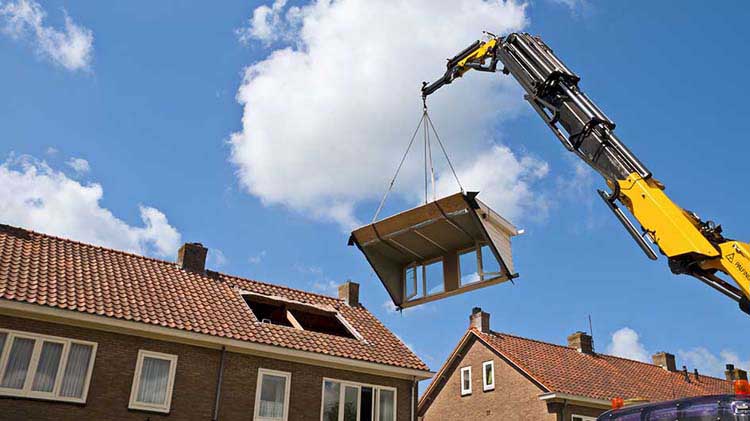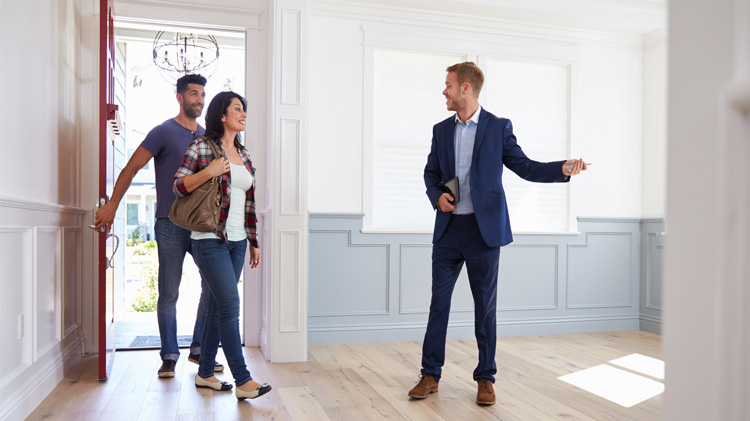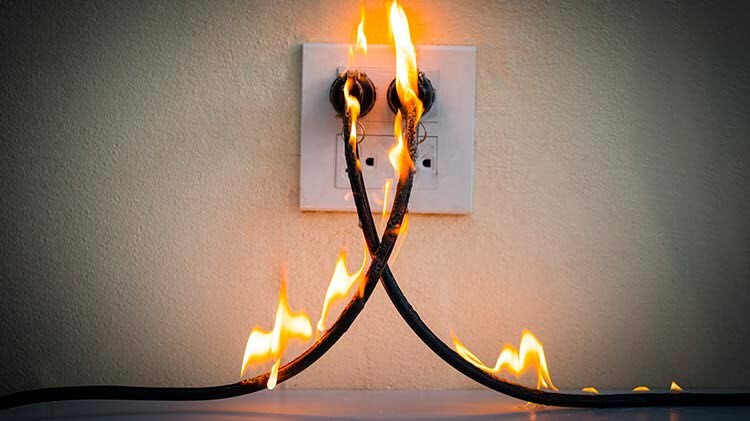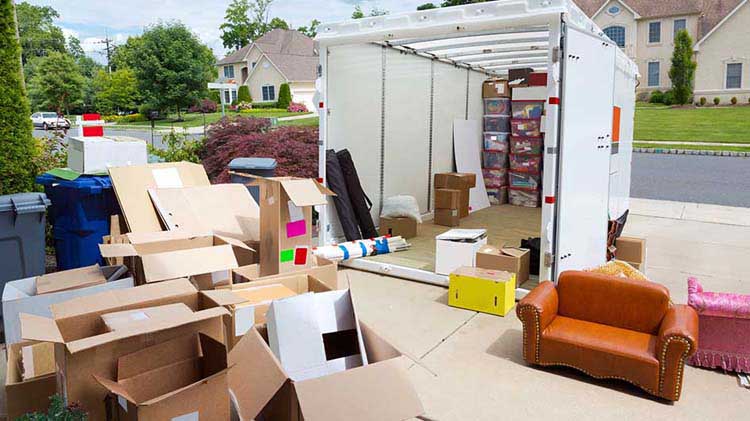Buying modern manufactured homes
Buying a manufactured or modular home can be confusing, but understanding the types, differences and what to look for helps.
A lot has changed in the way manufactured and modular homes are constructed, utilized and perceived. There's sometimes confusion about exactly what is meant by "manufactured home."
Historically, manufactured homes were labeled "trailers" or "mobile homes." Those terms don't always apply or truly define this type of housing. Here are a few things to help distinguish and understand the construction, terms and types or models.
Manufactured vs modular
- Prefabricated homes. This is the general term used to refer to any type of home that is constructed off-site (in a production plant or factory) and then transported to the building site. A prefabricated home is usually insured under a standard Homeowners Policy.
- Modular homes. Prefabricated homes that are constructed in two or more sections at the factory and then usually transported to the building site on a flatbed truck. Constructed to conventional building codes, they may have multiple floors and more steeply pitched roofs.
- Panelized home. Unlike modular homes, these are constructed as separate wall sections and then assembled by the builders at the site. ("Pre-cut" homes are a type of panelized homes.)
- Manufactured homes. Usually single-story, they mostly come in double-wide or triple-wide configurations that are much roomier and more "house-like" than the outdated idea of a single-wide (narrow) version — the latter type being what's often conjured by the term "trailer." Federal Manufactured Home Construction and Safety Standards (HUD Code) define rigorous guidelines for manufactured homes. The most recognized distinction from modular homes is manufactured homes have a permanent steel I-beam chassis and wheels under the floor so they can be towed rather than carried on the back of a truck.
- Mobile homes. You'll often see this term used interchangeably when referring to today's manufactured homes. But technically, the term "mobile home" only applies to dwellings built before June 1976, when the HUD Code went into effect.
Are manufactured homes a good investment?
Let's focus on modern manufactured homes. The advantages of buying one are its lower cost and the relative ease and expediency of its setup. And with today's double- and triple-wide homes, you're not going to sacrifice much in the way of style, floor space and amenities. A manufactured home also gives you the option of someday moving it with relative ease to a new location, although more of today's manufactured homes are intended to stay put.
Newer manufactured homes also use very similar building materials as standard stick-built homes. Much of the current cost savings is due to efficiencies in the building process and not the use of cheaper materials, as has been a factor in the past.
While buying a manufactured home is much cheaper up front, there are drawbacks. You may find that some financial institutions are reluctant to offer a home loan for a manufactured home unless it will rest on a permanent foundation, or you already own the land it will be set up on (or are taking out a loan to buy the land as well). Chattel loans are offered by some finance companies and banks. This type of loan is different than a real estate loan, which generally includes land or a home and property. A chattel loan is a home-only personal property loan arrangement. Since manufactured homes many times are movable and reside in a home community or park, the home itself is what the lenders' interest is in.
Another potential drawback to buying a manufactured home is the relatively low resale value. However, according to the Federal Housing Finance Agency, there are trends that suggest that manufactured homes may be beginning to appreciate almost as fast as traditional homes. As a result, the idea that buying a manufactured home isn't a strong investment is being challenged.
Although attitudes toward manufactured homes are changing, they're still probably not going to hold as much equity as a standard home, depreciating in value more like an automobile. However, manufactured homes sold as part of a land package can sometimes hold equity more like a standard home, depending on upkeep, landscaping and local real-estate conditions.
Manufactured homes are usually insured under a manufactured home policy. Learn more about the State Farm® Manufactured Home insurance policy.
Site location and other costs
If you're moving into a manufactured home park community (or what used to be known as a 'trailer park'), check the community fees and any rules involving your home, including construction requirements and restrictions. If you'll be on your own property, find out if local zoning laws permit manufactured homes on your site.
You'll also want to make sure you understand all the extra costs involved in transporting and setting up a manufactured home on a site. Part of the negotiation is often who will pay for the move costs — you or the home dealer (or the person selling you a used home). And while a manufactured home is easier to set up than a newly constructed one, you will still need to connect utilities and have a foundation and underpinning in place.
Manufactured home inspection checklist
As with any home purchase, you need to thoroughly check out the manufactured home before putting money down. While this applies to a new home as well, it's especially important if you're buying a used manufactured home. In addition to all the usual things you'd check out in any home (such as plumbing, heating and cooling), with a used manufactured home, the following features deserve a closer look:
- Windows and doors. Make sure windows and doors are insulated and keep an eye out for gaps around the frames. Look for any cracks in the windows, and make sure the doors all open and close easily.
- Floors. Test their strength (no squeaking or sagging), look for any warping and avoid floors constructed with particle board because it tends to warp or rot when wet.
- Belly wrap. This thick plastic goes under the floor and insulation and helps keep out animals and moisture. Check the insulation under the wrap to make sure it's not damp.
- Walls. Look for any interior leaks. Vinyl exterior siding is preferable to metal (which can buckle) or hardboard (which can have water problems).
- Roof. Avoid the old-style flat metal roofs, which can leak and make cooling the home difficult. And look for a shingled roof with an overhang to aid in rain runoff.
- Lumber . Walls should use 2x6" lumber with studs 16" apart.
- Settling and leveling. Older manufactured homes can settle over time, twisting the home's frame and leaving it unleveled.
- Anchoring. Check that the home's anchoring system is still sturdy and well-attached.
- Additions or alterations. Determine if the home has any structural additions or alterations that were not factory installed. Additions not approved by the home manufacturer may present increased exposure to wind and snow weight damage if not properly supported.
- Wiring. Structural additions or alterations could cause wiring problems or risk of fire when the wiring has been extracted from the original electrical panel.
- Foundation. Especially on used homes, make sure the chassis are in good condition and have limited rust, and that the concrete pad or pilings on which the home will sit is solid.
Buying a manufactured home is a big commitment and investment, so do your homework, check all your options, and follow up on any safety, construction and finance questions you might have.
To learn more about manufactured and modular home insurance options, contact a State Farm agent today.




